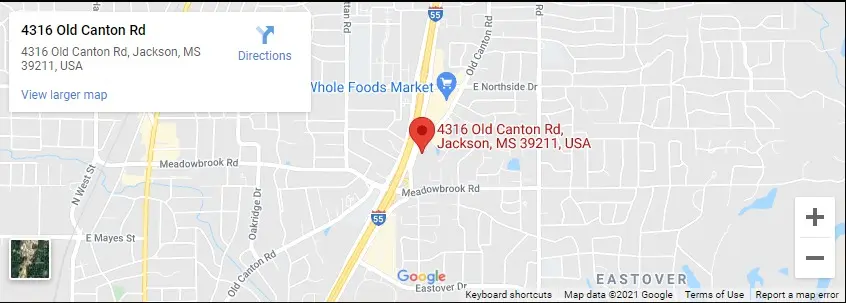Residents of Jackson, Mississippi, who are faced with negative information on credit reports may wonder about how long these details will follow them. From a missed payment to a chapter 7 bankruptcy, an individual’s credit score reflects a variety of negative activities that can be of concern. While the Fair Credit Reporting Act limits the amount of time negative information may remain on a report, the timing is dependent on the circumstances surrounding a debt.
Most late payments and bad debts remain on a credit report for seven years. A late payment generally doesn’t show up unless it is at least one billing cycle behind. A debt that is sent to collections remains for seven years as well. Efforts to pay or make arrangements for payment can cause the seven-year timing to reset. Chapter 7 bankruptcy remains on reports for 10 years. At this point, details of the process and related debts should be removed from one’s files. Any items related to the proceeding that remain or reappear after this 10-year mark can be disputed and removed.
Economic challenges can affect a household’s income and ability to keep up with a variety of bills. When debt becomes unmanageable, it’s tough to decide how to eliminate the mounting penalties and persistent debt collection calls. Debt relief may be considered in order to stop creditor harassment.
The concern over the length of time a chapter 7 proceeding will affect a credit report can intimidate many. However, trying to work with creditors when finances are restricted can continue the stop and start cycle on the bad debt clock, leading to an even longer influence of bad debts on credit reports. A bankruptcy attorney can explain this cycle and demonstrate the benefits of chapter 7 in getting a fresh financial start.








Connect with Us